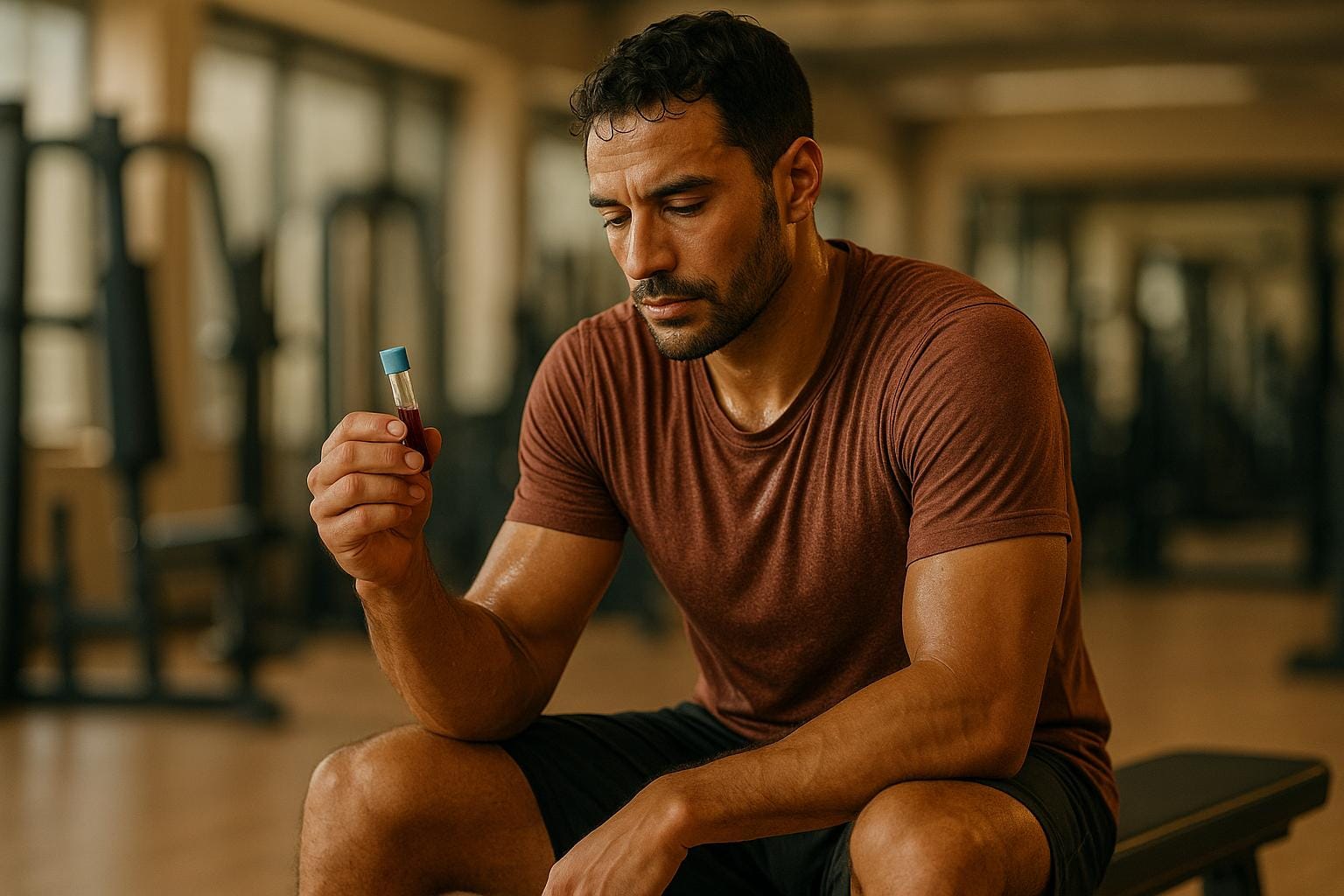Introduction
Starting a fitness journey can feel overwhelming. With countless exercise programs and conflicting advice available, knowing where to begin is often the hardest part. A beginner workout routine is designed to help you build strength, improve endurance, and establish healthy habits without risking injury or burnout. In this article, we’ll break down why a beginner workout routine is essential, what components to include, and how to set up a sustainable schedule. Whether you’re new to exercise or returning after a long break, this guide will provide you with the tools and confidence to start your fitness journey on the right foot.
Why a Beginner Routine Matters
Jumping into advanced exercises or high-intensity workouts without proper preparation can lead to frustration and injury. A beginner routine offers a gradual introduction to physical activity, ensuring that you develop proper movement patterns and gain the strength needed to progress safely. It’s all about laying the groundwork—establishing a base of cardiovascular endurance, muscular strength, and flexibility that will support more challenging exercises later on.
A structured routine helps you avoid common pitfalls like overtraining or poor technique. By starting slowly, you allow your muscles, joints, and cardiovascular system to adapt over time. This gradual progression not only reduces the risk of injury but also builds confidence. Seeing small, consistent improvements can be incredibly motivating, reinforcing the idea that every workout counts toward long-term success.
Components of a Beginner Workout Routine
A well-rounded beginner workout should address several key fitness components:
1. Warm-Up
A proper warm-up is crucial. Begin with light cardio activities—such as brisk walking, marching in place, or gentle cycling—to gradually elevate your heart rate and prepare your muscles. Dynamic stretches like arm circles and leg swings further loosen up your joints, setting the stage for a safe workout.
2. Strength Training
Building strength early on is essential. Focus on simple, compound movements that target multiple muscle groups simultaneously. Exercises such as bodyweight squats, push-ups (or knee push-ups for modifications), lunges, and planks are great starting points. Aim for a controlled pace with proper form; even low-repetition sets can yield significant improvements over time. Start with one or two sets of each exercise, and gradually increase the number of sets or repetitions as you become more comfortable.
3. Cardiovascular Exercise
Cardio is important for improving heart health and burning calories. For beginners, low-impact options like brisk walking, stationary cycling, or swimming are ideal. These activities elevate your heart rate without placing excessive strain on your joints. Over time, you can introduce interval training—alternating between periods of higher intensity and recovery—to further boost cardiovascular fitness.
4. Flexibility and Balance
Don’t overlook flexibility and balance training. Simple stretches or yoga-inspired movements help improve range of motion and reduce muscle tension. Incorporate static stretches at the end of your workout, holding each stretch for 20–30 seconds. Balance exercises, such as standing on one leg or performing controlled lunges, can also enhance stability and prevent falls.
Sample 3-Day Workout Schedule
Here’s an example of how a beginner might structure a week of workouts. Adjust the schedule to fit your availability and fitness level:
Day 1: Full-Body Strength
- Warm-Up: 5 minutes of light cardio (e.g., brisk walking) and dynamic stretches.
- Exercises:
- Squats – 2 sets of 10 repetitions
- Modified Push-Ups – 2 sets of 10 repetitions
- Lunges – 2 sets of 8 repetitions per leg
- Plank – 2 sets, holding for 20–30 seconds each
- Cool-Down: 5 minutes of gentle stretching focusing on major muscle groups.
Day 2: Cardio and Core
- Warm-Up: 5 minutes of low-impact cardio such as marching in place.
- Cardio: 20 minutes of moderate-intensity exercise (options include walking, cycling, or low-impact aerobics).
- Core Exercises:
- Planks – 2 sets of 30-second holds
- Bicycle Crunches – 2 sets of 15 repetitions
- Cool-Down: 5 minutes of full-body stretching.
Day 3: Active Recovery or Light Yoga
- Activity: Choose a light activity that keeps you moving without overexertion. Options include a gentle yoga session focused on stretching and balance, a leisurely walk, or simple bodyweight movements.
- Focus: Emphasize relaxation, deep breathing, and improving mobility. Use this day to recharge both physically and mentally.
For additional days, you can repeat the cycle, ensuring at least one full rest day per week. Listen to your body—if you experience soreness or fatigue, allow extra time for recovery.
Tips for Staying Motivated
Adopting a new workout routine is as much a mental challenge as a physical one. Here are some strategies to help you stay on track:
- Set Clear, Realistic Goals: Instead of aiming for drastic changes overnight, set small, achievable goals such as adding one extra repetition or increasing your walk by a few minutes each week.
- Track Your Progress: Keeping a workout journal or using a fitness app can help you monitor improvements and keep you motivated. Record your exercises, the number of sets and reps, and how you feel after each session.
- Establish a Routine: Consistency is key. Try to schedule your workouts at the same time each day so they become an integral part of your daily routine.
- Celebrate Milestones: Reward yourself for sticking with your routine. Whether it’s a new workout outfit or a small treat, positive reinforcement can boost motivation.
- Seek Support: Consider joining a fitness community—online or in person. Sharing your journey with others who have similar goals can provide accountability and encouragement.
Avoiding Common Pitfalls
While the beginner phase is exciting, it can also come with challenges. Here are some common mistakes and how to avoid them:
- Skipping the Warm-Up or Cool-Down: These steps are critical to preventing injuries and aiding recovery. Never rush through them.
- Overtraining: It’s important to allow your body time to rest and recover. Overtraining can lead to fatigue and injury, derailing your progress.
- Focusing on Quantity Over Quality: Proper form is more important than doing many repetitions. Take your time to learn each exercise correctly.
- Neglecting Other Aspects of Health: Exercise is only one piece of the puzzle. Pair your workout routine with proper nutrition, hydration, and adequate sleep to support overall well-being.
Conclusion
A beginner workout routine sets the stage for lifelong fitness by building a strong foundation through gradual progress and consistency. With a balanced mix of strength training, cardiovascular exercise, flexibility work, and recovery, you can safely transition into a more active lifestyle. Remember, the key is to start small and celebrate every achievement along the way. Over time, these habits will not only improve your physical health but also boost your confidence and overall quality of life. Embrace the journey, and know that every step, no matter how small, brings you closer to your fitness goals.












